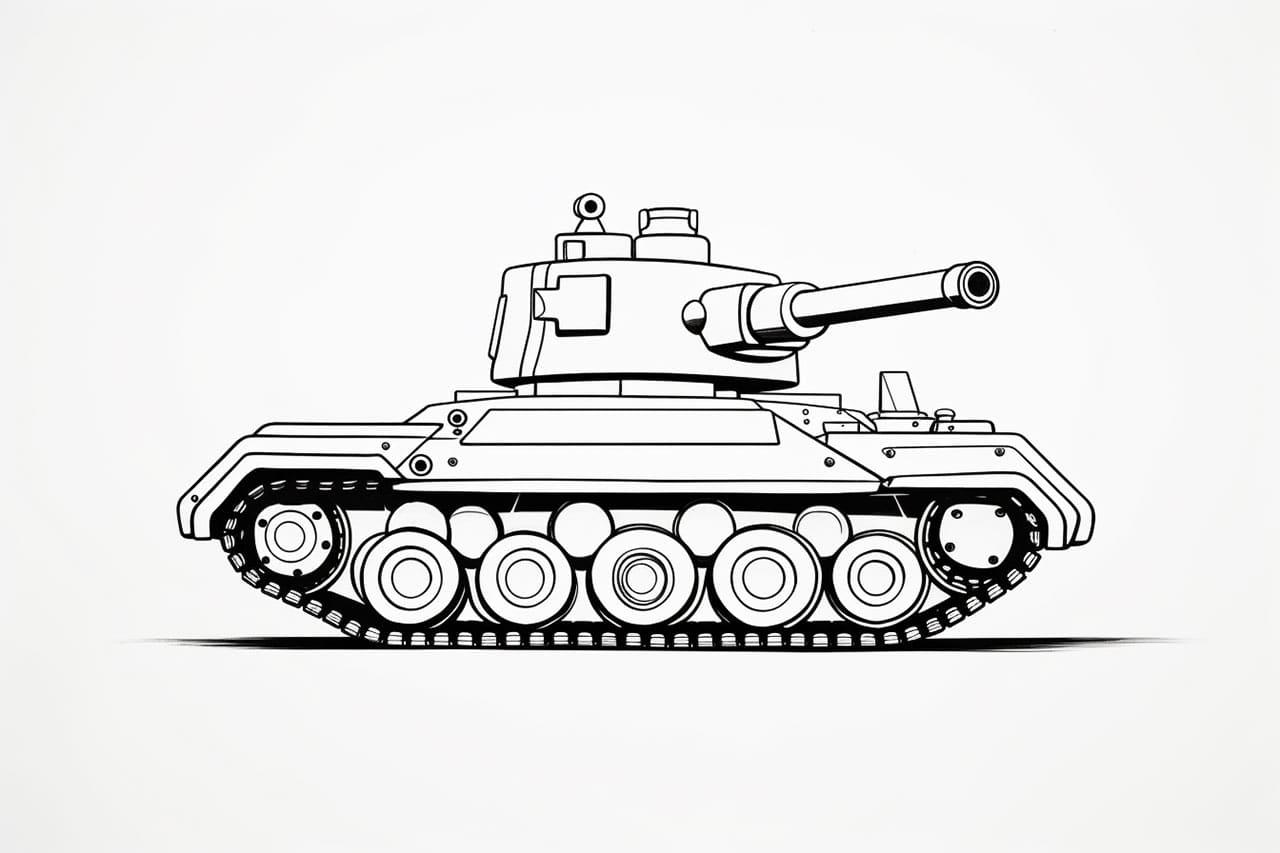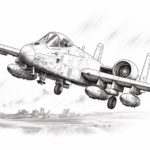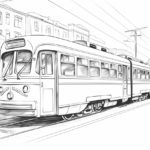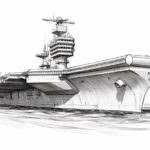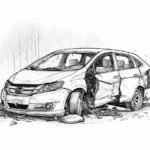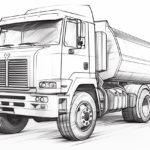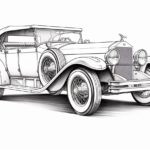
Are you ready to embark on an exciting artistic journey? Welcome to this comprehensive step-by-step tutorial on drawing a tank! Creating a tank drawing can seem daunting at first, as these formidable armored vehicles boast intricate details and distinctive shapes. However, with some patience and guidance, you’ll find that it’s a gratifying challenge that can elevate your artistic skills.
Whether you’re an aspiring artist looking to add military-themed elements to your portfolio, or simply want to explore your creativity and have a little fun, this tutorial is perfect for you. We’ll walk you through each stage of the drawing process, breaking it down into manageable steps. From establishing the foundational shapes to adding intricate details and shading, you will gain the confidence to create a realistic tank that captivates your audience.
So, grab your materials and let’s dive into the fascinating world of tank drawing! With focused practice and attention to detail, you’ll surprise yourself with what you can achieve. Let’s get started!
Materials Required
- Pencil
- Eraser
- Drawing paper
Step 1: Draw the Basic Shapes
To embark on your tank-drawing journey, let’s start with the fundamental shapes that form the basis of this armored vehicle.
- Begin by drawing a large rectangular shape that will serve as the main body of the tank. This shape lays the foundation for the tank’s formidable presence.
- Next, add two smaller rectangles on top of the body shape. The larger of these rectangles forms the turret, which houses the tank’s weaponry, while the smaller one represents the gun. These elements are essential for the tank’s functionality and appearance.
- To complete the initial shapes, draw two more small rectangles on either side of the tank’s body. These rectangles will serve as the tracks, which are crucial for the tank’s mobility and stability.
Step 2: Refine the Shapes
With the basic shapes in place, let’s move on to refining the tank’s form and structure:
- Detail the tank’s tracks by adding evenly spaced wheels along the sides of the tracks. Ensure that the wheels are consistent in size and alignment to maintain the tank’s balance.
- Enhance the realism of the tracks by drawing track links. These links create a sense of movement and add depth to your tank drawing. Pay attention to the spacing and sizing of the track links to achieve a convincing appearance.
- At the front of the turret, sketch a small rectangular shape to represent the gun barrel. This addition highlights the tank’s offensive capability and gives it an authentic look.
Step 3: Sketch the Details
Now, let’s focus on adding intricate details that bring your tank drawing to life:
- On top of the turret, sketch the hatches and periscopes. These features are essential for the tank’s crew to observe their surroundings and operate the vehicle safely. Pay attention to their placement and proportions to maintain accuracy.
- Moving to the body of the tank, draw the exhaust vents and machine gun ports. These elements contribute to the tank’s functionality and appearance. Make sure they align correctly with the tank’s structure and adhere to the vehicle’s design specifications.
- Throughout this process, prioritize proportion and placement. Paying careful attention to the proportions of the tank’s components and their placement relative to one another ensures that your tank looks realistic and cohesive.
Step 4: Add Shading and Texture
To give your tank drawing depth and dimension, add shading and texture. Shade in the areas where shadows would naturally fall, such as under the turret and around the wheels. Add texture to the tank by using short, curved lines to show the details of the armor plates and the tracks.
Step 5: Final Touches
Take a step back and look at your drawing as a whole. Make any necessary adjustments and add any final touches that you feel are necessary to make your tank drawing look more complete and realistic.
Conclusion
Congratulations! You have successfully drawn a tank. With practice and dedication, you can draw tanks with different designs and styles. Drawing tanks can be a great way to challenge your drawing skills and create impressive military-themed artworks. So, grab your pencil and let your imagination take you on a tank-drawing adventure with this “How to Draw a Tank” tutorial.
Gallery of Tank Drawings
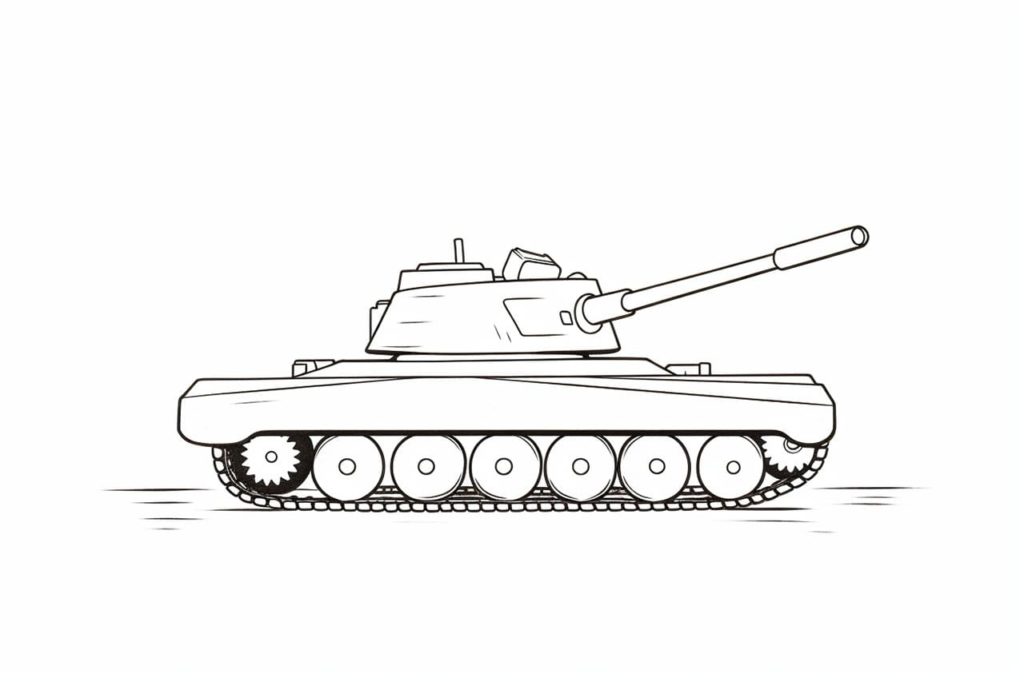
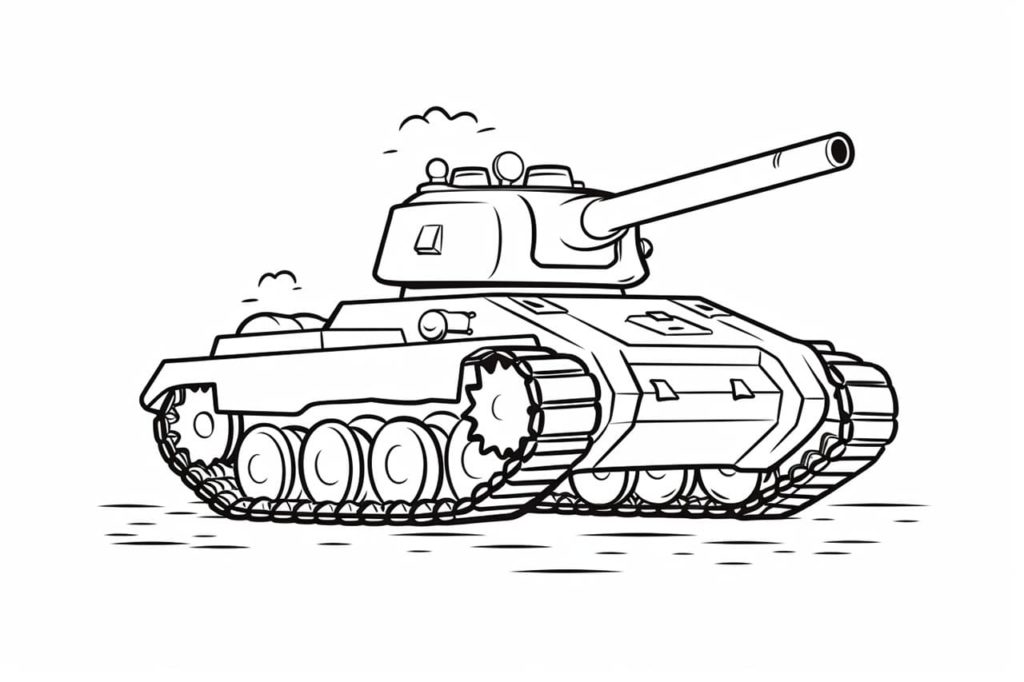

Fun Facts About Tanks
- Tanks were first developed during World War I to break the deadlock of trench warfare and provide support to infantry.
- The British Mark I was the world’s first ever tank, introduced in 1916. It moved at a top speed of just 3.7 miles per hour!
- Tanks played a pivotal role in World War II, with iconic models such as the German Panzer and the American Sherman.
- Modern tanks feature advanced armor systems, often with reactive armor and composite materials to enhance protection.
- The Russian T-34 tank is considered one of the most effective, efficient tanks ever built, pivotal during World War II.
- Some tanks are equipped with smoothbore guns, which fire shells without spinning them, increasing their velocity and accuracy.
- Tanks often serve in peacekeeping missions and humanitarian operations, showcasing their versatility beyond conventional warfare.
- Tank tracks allow these heavy vehicles to traverse rough terrains like mud, snow, and sand that would trap wheeled vehicles.
- Simulated tank battles are a feature of military exercises, testing strategy and coordination in controlled environments.
- Many countries hold tank biathlons, where crews compete in races and accuracy challenges, showcasing their expertise and skills.
Suggestions for Scenes and Settings for Tank Drawings
- Historic Battlefield: Illustrate a World War I trench scene, with tanks advancing over rough terrain amidst smoke and debris.
- Desert Mission: Depict tanks moving in formation across a vast, sandy desert, with a dramatic sunrise painting the sky.
- Urban Warfare: Draw a tank navigating through an abandoned cityscape, towering skyscrapers casting long shadows.
- Apocalyptic Landscape: Design a futuristic world overgrown with vegetation, where rusting tanks rest among reclaimed nature.
- Tank Parade: Picture a military parade showcasing tanks, decorated with flags, rolling past cheering crowds in a city square.
- Off-Hours Camaraderie: Imagine tank crew members relaxing outside their vehicle, sharing stories and enjoying a campfire under the stars.
- Tank Workshop: Illustrate a bustling scene within a maintenance hangar, with engineers working on tanks using various tools.
- Frozen Front: Capture the chill of a winter battlefield, with snow-covered tanks camouflaged against a white, frosty landscape.
- Jungle Patrol: Design a theme with tanks moving through dense jungle foliage, wildlife watching warily from afar.
- Victory Ceremony: Create a celebratory scene with a tank returning from a mission, adorned with flowers and soldiers saluting.

